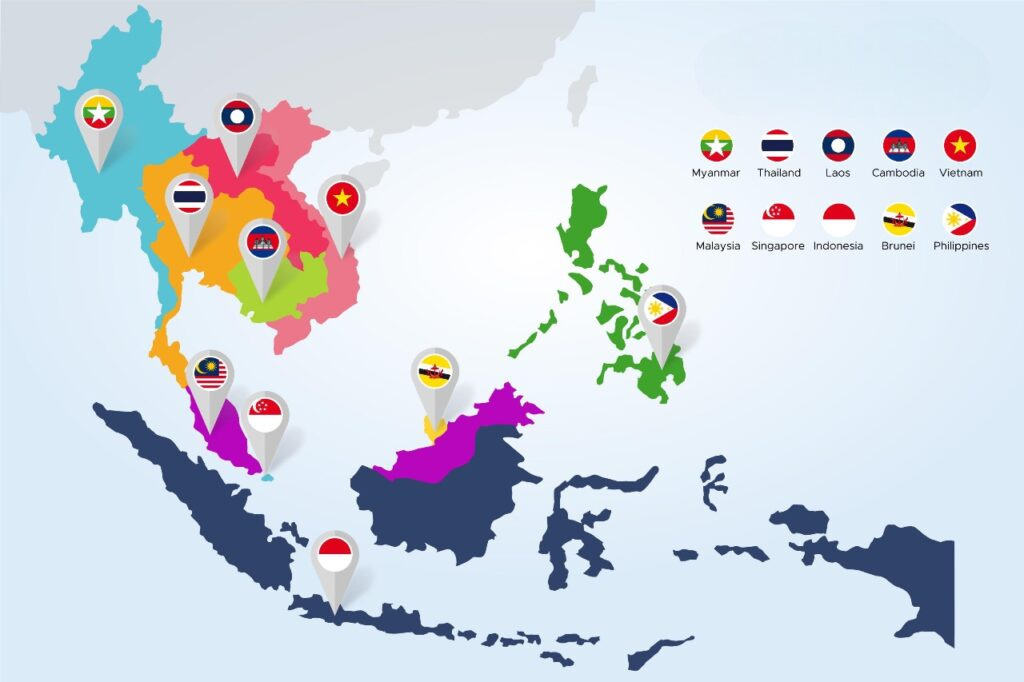
The Large Language Model (LLM) is a type of artificial intelligence model trained to understand and generate natural language. LLM operates by learning from a large amount of text data, often billions of words or more.
The training process helps LLM learn how to predict the next word in a sentence based on the words it has seen before. As a result, LLM can generate new sentences naturally and accurately, much like how a human writes or speaks.

Sea-Lion is a large language model, using artificial intelligence technology to understand and generate natural language. What’s special about Sea-Lion, the Large Language Model (LLM) from Singapore, is that it is trained on a large amount of multilingual text data, including both English and other common languages in Southeast Asia. This enables Sea-Lion to understand and generate natural language not only in English but also in many other languages.
Furthermore, Sea-Lion is also optimized to operate efficiently in a cloud environment, allowing it to handle a large number of requests quickly and accurately. This makes Sea-Lion a powerful tool for various applications, from customer service to education and research.

Sea-Lion can be used in various fields, from customer service to education. For example, it can be used to generate automatic responses to customer queries, or to create customized educational content based on students’ learning needs.
Importance of Sea-Lion
The development of Sea-Lion not only marks a significant advancement in the field of artificial intelligence, but also demonstrates Singapore’s pioneering role in adopting new technologies. With Sea-Lion, Singapore is not only leading the tech race in Southeast Asia, but also expanding its influence globally.

Sea-Lion is a testament to the progress of technology and artificial intelligence in Southeast Asia. With its ability to accurately generate natural language, this model not only improves the way we interact with machines, but also opens up new opportunities in creating intelligent technology solutions.














